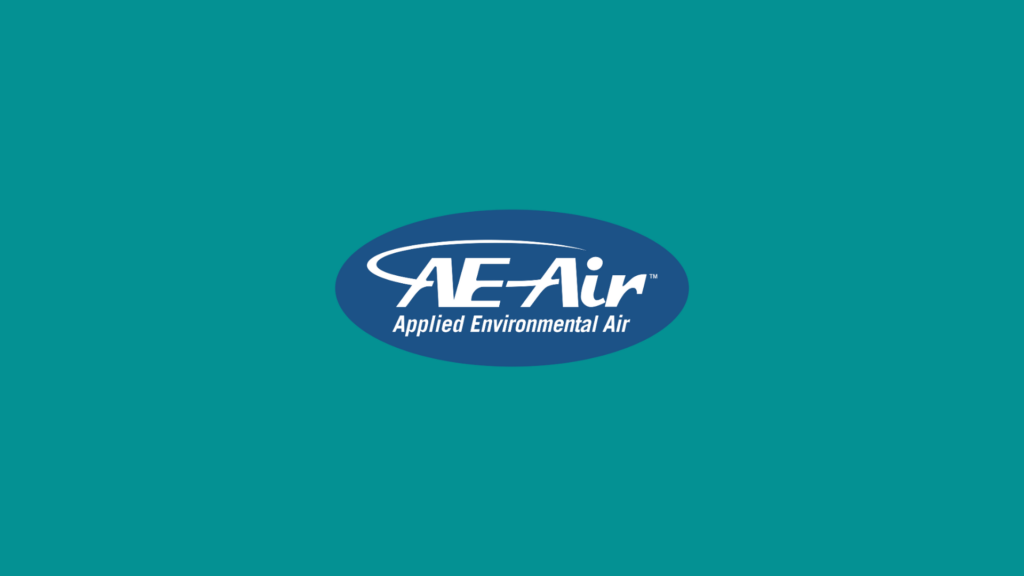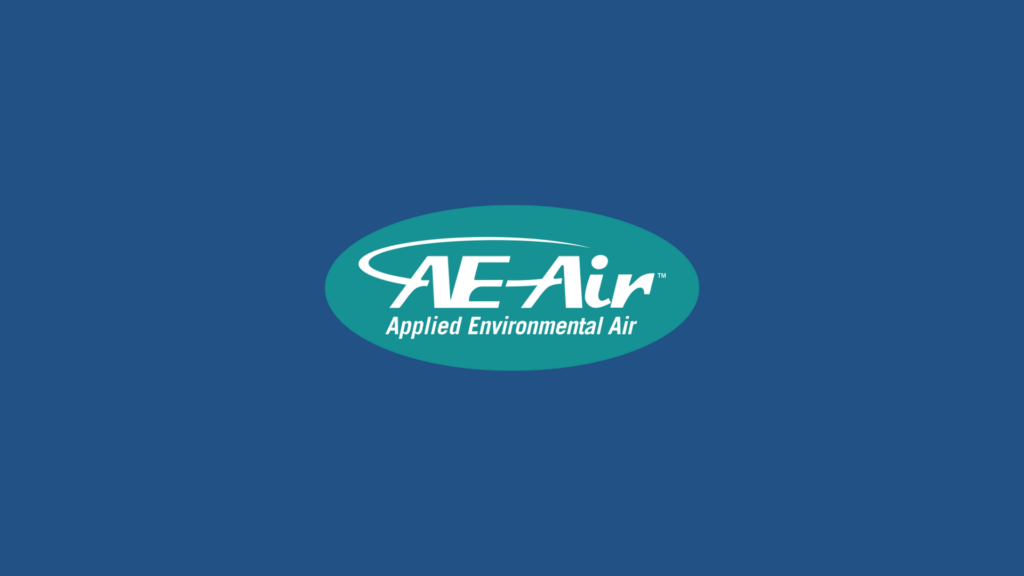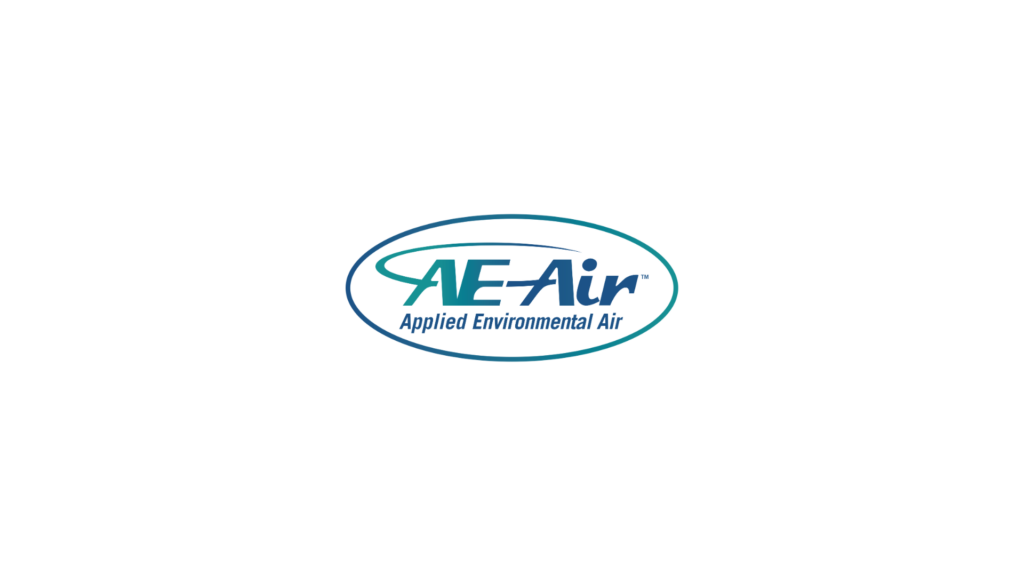Introduction:
A comfortable school environment is essential for students to learn effectively. One important factor in creating this comfortable environment is the HVAC system, which stands for Heating, Ventilation, and Air Conditioning. These systems regulate the temperature, improve air quality, and reduce noise levels within the school building. Proper HVAC systems are vital for maintaining a healthy and conducive learning atmosphere.
HVAC systems can significantly impact both health and learning in schools. Good air quality, achieved through effective ventilation and filtration, helps reduce the spread of illnesses and allergens, providing a safer environment for students and staff. Proper temperature control ensures that students can focus on their studies without being uncomfortable due to extreme temperatures. Additionally, reducing noise levels with well-designed HVAC systems helps minimize distractions, allowing students to concentrate better on their lessons.
The Importance of HVAC Systems in Schools
HVAC systems are crucial for maintaining a healthy and comfortable environment in schools. They regulate the indoor temperature, manage humidity levels, and ensure proper ventilation throughout classrooms and other spaces. By creating a stable indoor climate, HVAC systems help students and staff remain focused and productive, no matter the weather outside.
These systems also play a significant role in supporting students’ health. Good air quality is vital in reducing the spread of airborne illnesses and minimizing the impact of allergens, dust, and pollutants. Proper ventilation ensures that fresh air circulates continuously, which is essential for a healthy learning environment. Additionally, consistent temperatures can prevent the discomfort caused by extreme cold or heat, allowing students to concentrate better on their studies.
Key HVAC Features That Enhance Comfort
Several key features in HVAC systems contribute to a more comfortable school environment. Climate control is one of the most important aspects, as it allows schools to maintain a consistent temperature throughout the year. This includes heating during the winter months and cooling during the summer, ensuring that classrooms remain at an optimal temperature for learning.
Air filtration is another critical component of an effective HVAC system. High-quality filters can remove dust, pollen, and other allergens from the air, significantly improving indoor air quality. This is particularly important for students with asthma or allergies, as it helps reduce the triggers that can cause respiratory issues.
Noise reduction is also an essential feature of modern HVAC systems. Well-designed units operate quietly, minimizing distractions caused by mechanical noise. This is especially important in schools, where a quiet environment can enhance concentration and overall classroom dynamics. By combining these features, HVAC systems can create a more comfortable and conducive learning atmosphere for students and staff alike.
Best Practices for Designing HVAC Systems in Schools
Designing HVAC systems for schools requires careful planning to ensure efficiency and comfort. Several factors should be considered during the design phase to create the best possible environment for students and staff.
- Understand the Building Layout: Evaluate the school’s architecture and layout to optimize the placement of HVAC components. This ensures even distribution of temperature and air quality.
- Consider Occupancy Levels: Take into account the number of students and staff in each area. Classrooms, gyms, and cafeterias may need different HVAC settings to accommodate varying occupancy levels.
- Energy Efficiency: Opt for energy-efficient systems to reduce operational costs and environmental impact. Look for HVAC units with high Energy Star ratings and consider incorporating renewable energy sources.
- Zoning: Create different zones within the school to allow for specific temperature control in different areas. This can improve comfort and reduce energy waste.
- Maintenance Accessibility: Design systems with easy access for regular maintenance. This ensures the HVAC system remains in good working condition and extends its lifespan.
- Air Quality Management: Prioritize high-quality air filtration and ventilation systems to maintain a healthy environment. This helps in reducing allergens and pollutants in the air.
- Noise Control: Choose HVAC units with low noise levels to prevent disruptions in classrooms. Proper insulation and placement can further minimize noise.
The Future of HVAC Systems in Education
Emerging HVAC technologies hold great promise for enhancing comfort and sustainability in schools. Staying updated with these trends can help schools remain modern and efficient.
One of the most promising advancements is the integration of smart HVAC systems. These systems use sensors and automated controls to adjust temperature and air quality in real-time, ensuring optimal comfort and energy efficiency. For example, occupancy sensors can detect when a room is empty and adjust the HVAC settings accordingly, saving energy.
Another trend is the use of geothermal HVAC systems, which leverage the stable temperatures underground to provide efficient heating and cooling. This technology is increasingly being adopted in new school constructions due to its long-term benefits and minimal environmental impact.
Moreover, advancements in air purification technology are enhancing the ability of HVAC systems to filter out contaminants and improve indoor air quality. Newer systems are incorporating UV lights and advanced filters to eliminate bacteria, viruses, and allergens more effectively.
Lastly, there is a growing focus on sustainability and reducing carbon footprints. Modern HVAC systems are designed to be more eco-friendly, using refrigerants with lower Global Warming Potential (GWP) and incorporating energy recovery systems to recycle waste energy.
Conclusion
A well-designed and efficient HVAC system is essential for creating a comfortable, healthy, and conducive learning environment in schools. From the basic aspects of temperature control and air quality management to the incorporation of advanced technologies, HVAC systems play a pivotal role in supporting the well-being and productivity of students and staff. The right design and implementation of HVAC systems can provide significant benefits, including lower energy costs, improved air quality, and a better overall educational experience.
As we continue to evolve towards smarter and more sustainable building practices, it is crucial to stay informed about the latest trends and best practices in HVAC system design. Collaborating with experts who specialize in educational HVAC solutions can help schools achieve these goals efficiently.
For tailored HVAC systems for commercial buildings that ensure your school remains comfortable and efficient, consult with AE Air today. Our expertise in environmental control for modern architecture can help create the perfect learning environment for your students.


